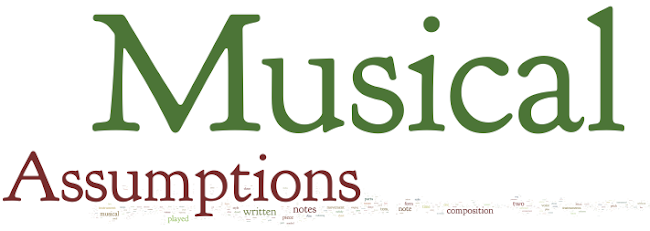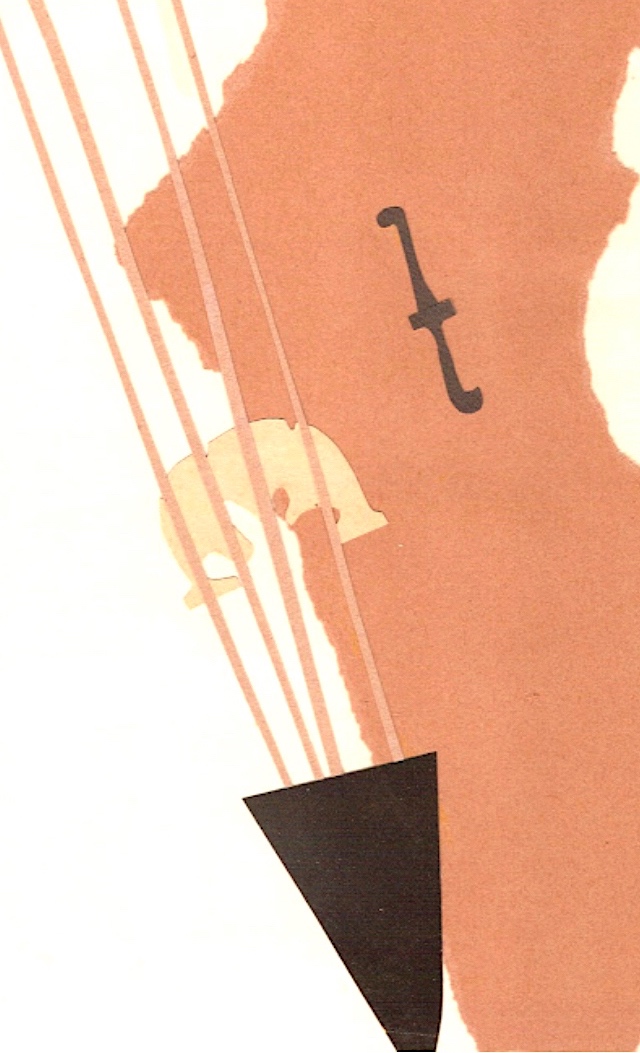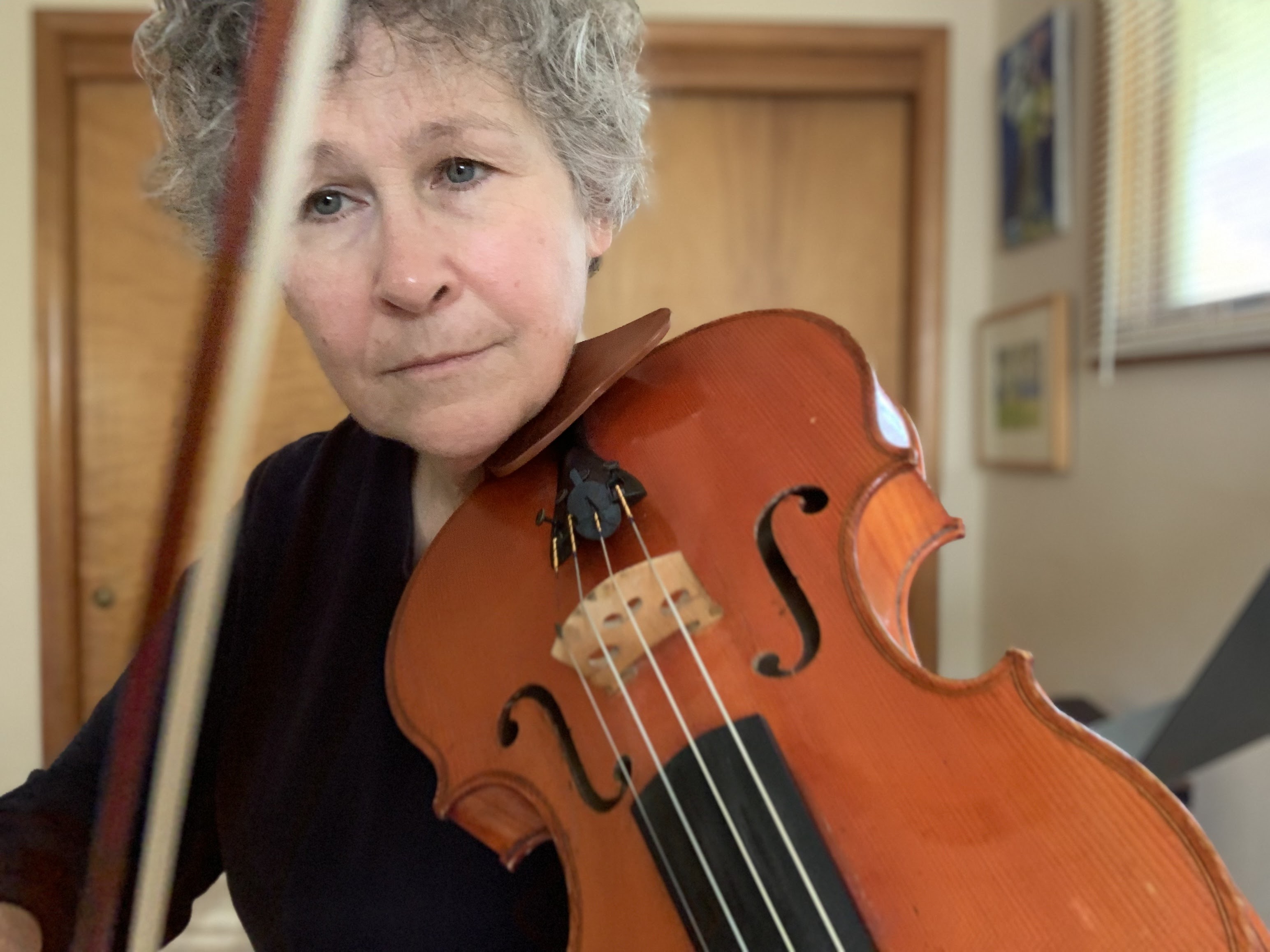Recorder was my first instrument by default, not by design. It just happened to be around (thanks to S&H Greenstamps) when I happened to be sick one day and wasn't able to go to Kindergarten. I thought nothing of it, but
it was the instrument that taught me to read music. When I started playing violin at around 7, I already knew how to read the treble clef.
When I got my first real job teaching at the Stadtmusikschule Schladming (a big name for a small school in a very small Austrian town), I found that I was required to teach about four flute students and about 40 7-year-old beginning recorder students. There was a recorder in my desk drawer, and I scoured around to find a copy of the method book that the students would be using. I was very new to German, hadn't touched the recorder since I was 5, and was terrified at the prospect of teaching something I didn't know anything about in a language that I could barely speak.
The Stadtmusikschule Schladming had a system where all the entering students took soprano recorder lessons. After a year of recorder they could choose a "real" instrument: clarinet, trumpet, trombone, piano, violin, cello, accordion, percussion, guitar, flute, or alto recorder. There was no "playing by ear" or "playing by feel." The students learned how to read, how to count, and how to play with one another in groups. To my shock, it was absolutely painless and was a great success. All the students had a year to figure out what instrument they wanted to play the next year. Everything they learned as beginning recorder players could translate to their new instrument, and they could make their way into the Stadtkappelle Schladming as full-fledged members within a year or two, as long as they were wind or brass players.
When I left that job I headed straight to Vienna to study recorder. I had fallen deeply in love with the instrument.
What strikes me as remarkable is the chance to study music while being given a grace period to decide what "grown up" instrument you want to play. Choosing an instrument has everything in the world to do with personality and temperament. Here in American we are kind of at the mercy of a Darwinian survival of the fittest system when it comes to music, and the survival rate is terribly low. In my Midwestern town, that has a band program in the schools but does not have a string program, kids are given aptitude tests to determine what instrument they should play in the 5th grade band. The "smart" kids are always assigned to the oboe, because the band directors seem to think that it requires more brains than other instruments. (I like Blair Tindall's story about getting assigned to play the oboe in her school because her name was late in the alphabet, and all the cool instruments were taken by kids with last names that started with letters that came earlier in the alphabet.) I only know one survivor of the "smart-kid" system, and she might actually have chosen the oboe on her own.
Musical natural selection comes into play through success and failure. If one person's lips, tongue, or facial muscles are not ideal for making a good sound on any particular wind instrument, other people with more appropriate physiology will be successful at that instrument. No matter how musical or expressive Person A is, s/he will feel like a failure, and might give up music altogether.
PIPE DREAM ALERT:
In my ideal music school, I would start 7-year-old children with recorder, and I would expose them to the repertoire of all the orchestral instruments during that year. I would explain the personal requirements of being a wind player, brass player, or percussionist: being able to count rests, being able to figure out who to tune to at what time, being able to deal with pressure and competition, being able to play solos without getting too nervous, showing up on time, and being able to deal with knives, cane, and frustration. I would explain what is necessary to succeed as a string player: being able to play people sitting next to you and all around you, being able to blend, being able to deal with coordinating both hands and arms, being able to pay attention to bowings, being able to read more than one clef, and practicing a whole lot more than wind players when it comes to orchestral music, because string players have so many more notes to play.
I would also discuss repertoire. People who want to play wind instruments should be warned that there is little in the Romantic solo repertoire for them, unless they play the clarinet. Flute players had better like baroque music and 20th century music, because the pickings are slim during the 19th century. Brass players should know that their Classical Period music is restricted mainly to orchestral music and a few concertos. People with a deep desire to play classical chamber music should think carefully about being brass players, unless they play French Horn.
I would also make it a requirement at my school for everyone take a few years of piano lessons, and I would require that everyone spend a lot of time singing, thus increaing the number of pianists and singers without lowering the numbers of local orchestral musicians.









